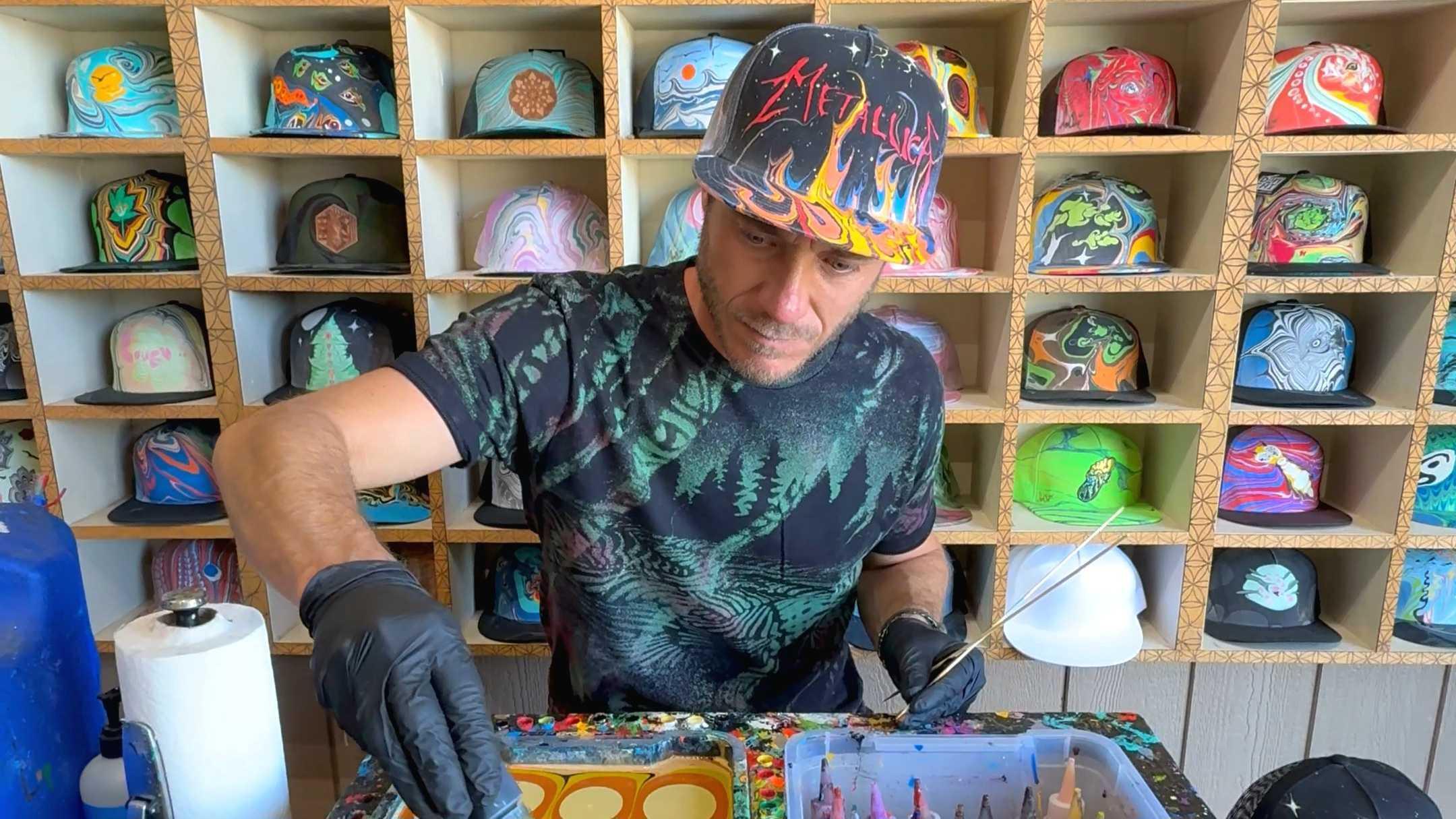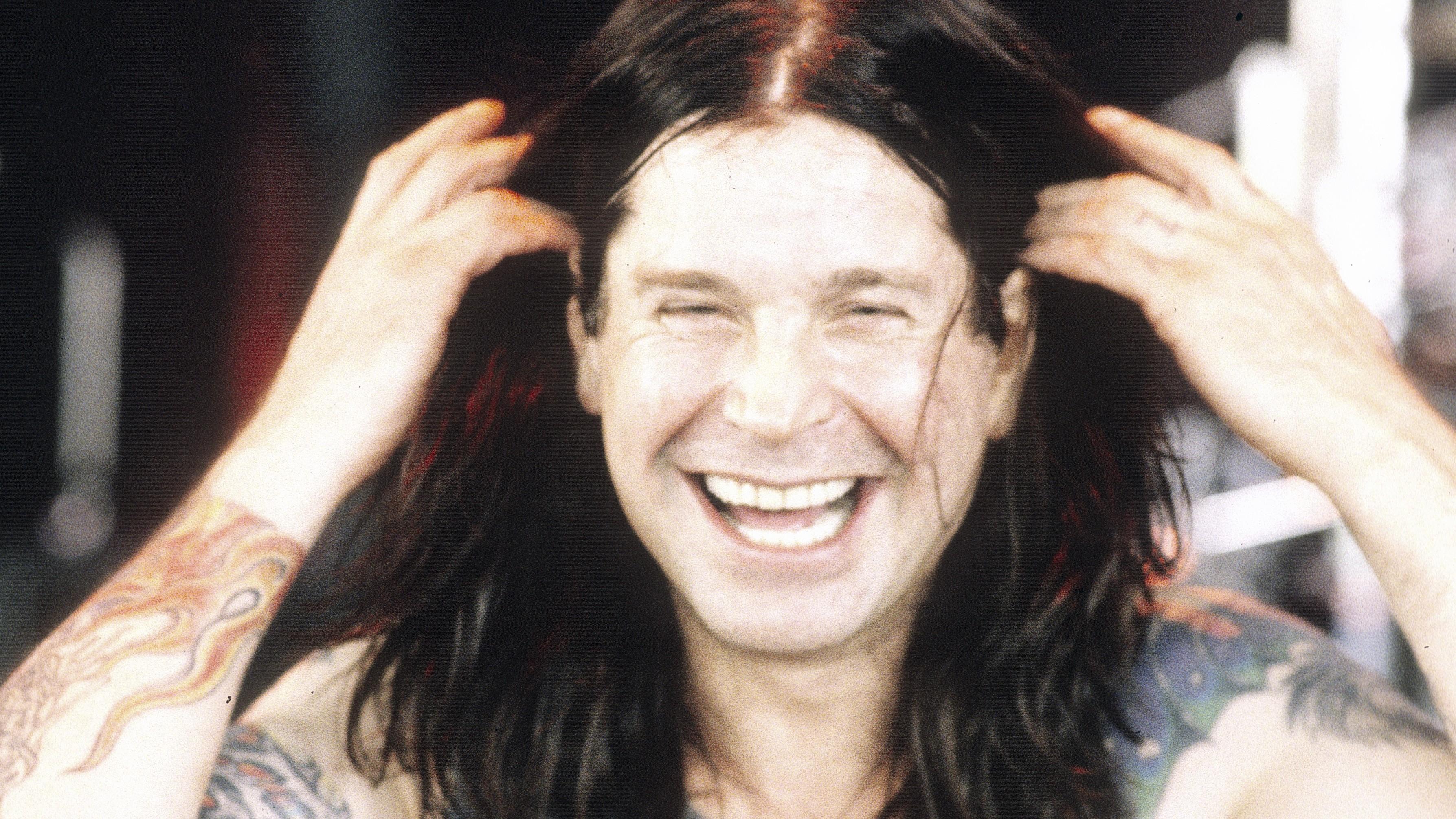
Looking Back on 2025
Some words and photos to look back on the year that was from So What! Editor Steffan Chirazi.
Apr 15, 2024
Marald Van Haasteren has a way of producing art of broader significance and meaning than might immediately meet the eye. Here, he offers his thoughts on his latest Metallica-inspired creation and how his formative years still impact him today.
BACKGROUND & CREATION OF THIS ART
“Feeding on the wrath of man” invokes such imagery.
The initial image I got in my head (I thought) was really, really powerful, but when I sketched it, I knew it wasn’t going to work on social media. It was an image of a Madonna feeding a child, but then you have mouth-nipple action. And yes, there are ways to – of course – go around it. But one of the absolutely horrible things about social media for artists is censorship. Even this, the context of a mother feeding a child, would be deemed “sexual” because of the visual of a nipple and a mouth, so I had to ditch that.
But I mean… that sentence! “Feeding on the wrath of man” really speaks to me. It goes back to history as well; if you look in a negative way, there’s a lot of violence in human history, and the soil is covered in blood.
Another angle is that we inherit a lot of things as well, so it could also be inheriting the traits of our fathers or mothers. Maybe if you grew up in an unsafe, violent environment, perhaps that’s something that you take with you. So those words spoke to me because one of the themes (from what I understand) of 72 Seasons is trying to overcome that.
I knew I wanted to do something with an almost endless “feed,” maybe like a stream of “wrath,” the wrath of man and the wrath of God. In the Bible, I think there are seven bowls of wrath [confirmed – ED], but I saw the wrath as if it were a waterfall. Also, as something that looms or floats overhead, it is always present, like a “history.” It might be just the history in your family, but it could also be a total history, like the history of man.
I wanted five figures because, composition-wise, you always choose the uneven number to make it more exciting. And five reminds me of the five stages of trauma [psychiatrist Mardi Horowitz divided the process of going through trauma into five stages in 1993 – ED], at which point I thought, “Now we’re getting somewhere!” Especially with the theme of the album.
And I liked these big figures actually pouring down on the central figure; I really wanted to have something like mass that is looming overhead that influences your life or the things below, which is something that isn’t in your control, something that you inherit or have to deal with. So, like I said, the five stages of trauma, five stages of grief, and five stages of adulthood; by the way, I understand most people never come further than stage three, but everybody thinks they’re further than stage three. Stage five is [supposedly] when you’re a well-balanced adult, but it seems almost impossible to achieve.
I put a lot of detail into the border, too. There’s all kinds of weaponry, from a hand axe to the simple sharpened rock to bows and arrows; there’s also crossbows, spears, swords, and machine guns. It shows how continual conflict is – and has always been – in man from the beginning; there’s a reference to Cain and Abel with the donkey’s jawbone. There are two of them, you have to look for them, but they’re there.
I want to add that this piece is also a commentary on war, conflict, and suffering. There is a banality of evil that leads to cruelty, and like everyone, I’m deeply and inescapably disturbed by what is happening. So, I poured all of those personal feelings of anger, sadness, and grief into that piece. In that sense, it’s most definitely personal for me, and it’s a very hard thing to articulate. I find myself coming back to this quote from Judith N. Shklar, a philosopher and political theorist, which perhaps captures what I feel best: “To hate cruelty more than any other evil involves a radical rejection of both religious and political conventions. It dooms one to a life of skepticism, indecision, disgust, and often misanthropy. Putting cruelty first has therefore been tried only rarely, and it is not often discussed.”
MARALD’S “72 SEASONS” & BEYOND
What were my personal “72 seasons” like? Let’s just say they were complicated, to the extent that I am still unpacking them in several ways, and obviously, my art is one of those. I am grateful that I can deal with these issues in a way that sees any pain and trauma translate into something beautiful that people can enjoy; that’s a gift I do not take for granted.
And the year ahead is going to be great. It started off crazy. I knew I was close to being fully booked, but I always leave wiggle room for a few last-minute fun projects. Put it this way: on the third day of January, I was asked to do a poster for two legendary bands, so it is safe to say, along with all the other projects already slated, this year is one I’m already enjoying.

Some words and photos to look back on the year that was from So What! Editor Steffan Chirazi.

Dominic Padua (aka Dom Chi) does many things very well, including the art of marbling. Steffan Chirazi visits his Sebastopol, CA, studio to learn more.

What you are diving into here is my personal journal with regards to the Back to the Beginning extravaganza. Much of it was written off-the-cuff, and the sheer magnitude of the event means that even now there are still pieces of “thought” swirling in the ether and making brain fall by the hour. These recollections, emotions, and observations are shared reflectively over three separate entries after the event and are split between an initial “post-event download” and then a more chronological reflection on our time in Birmingham…